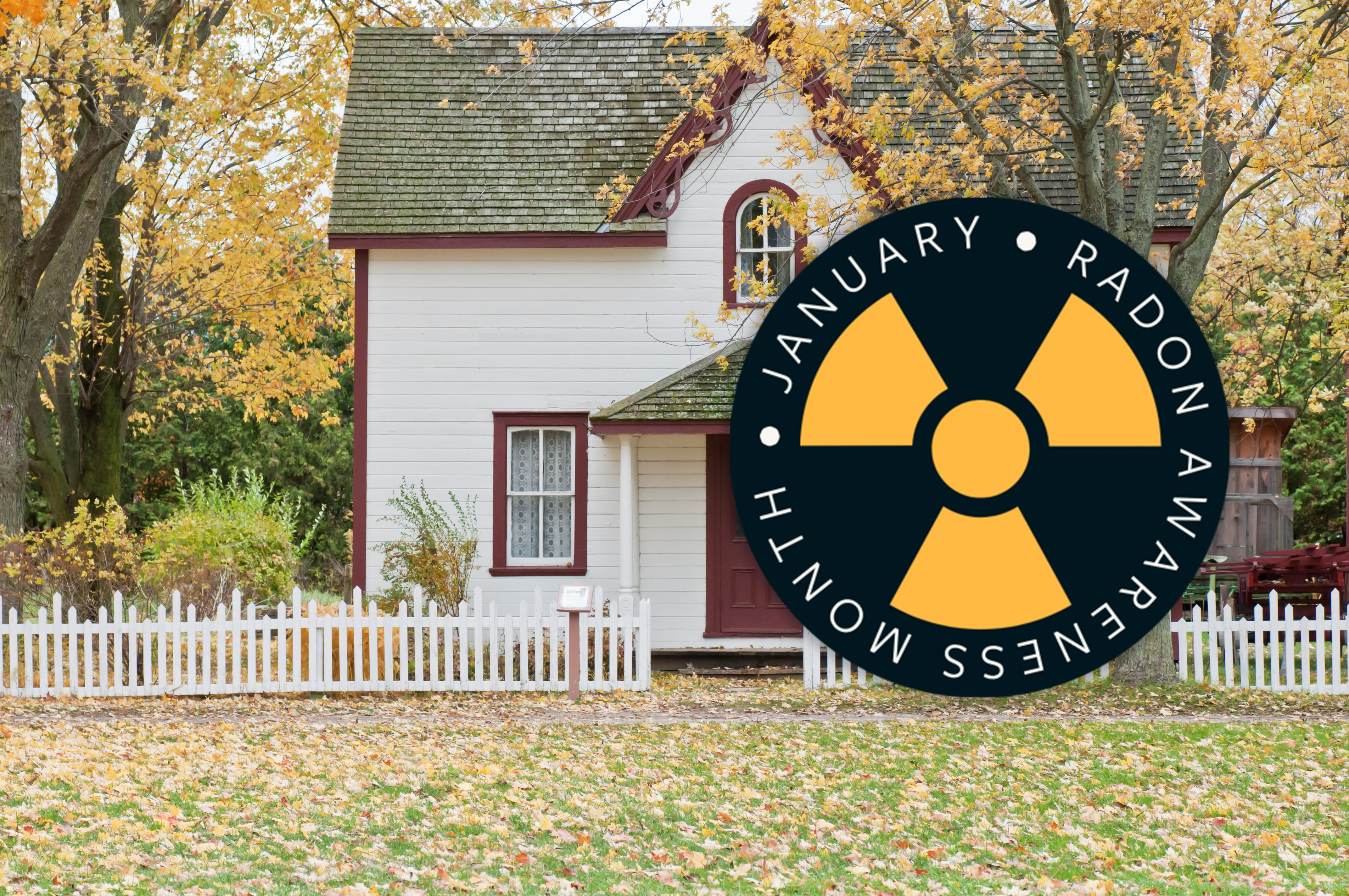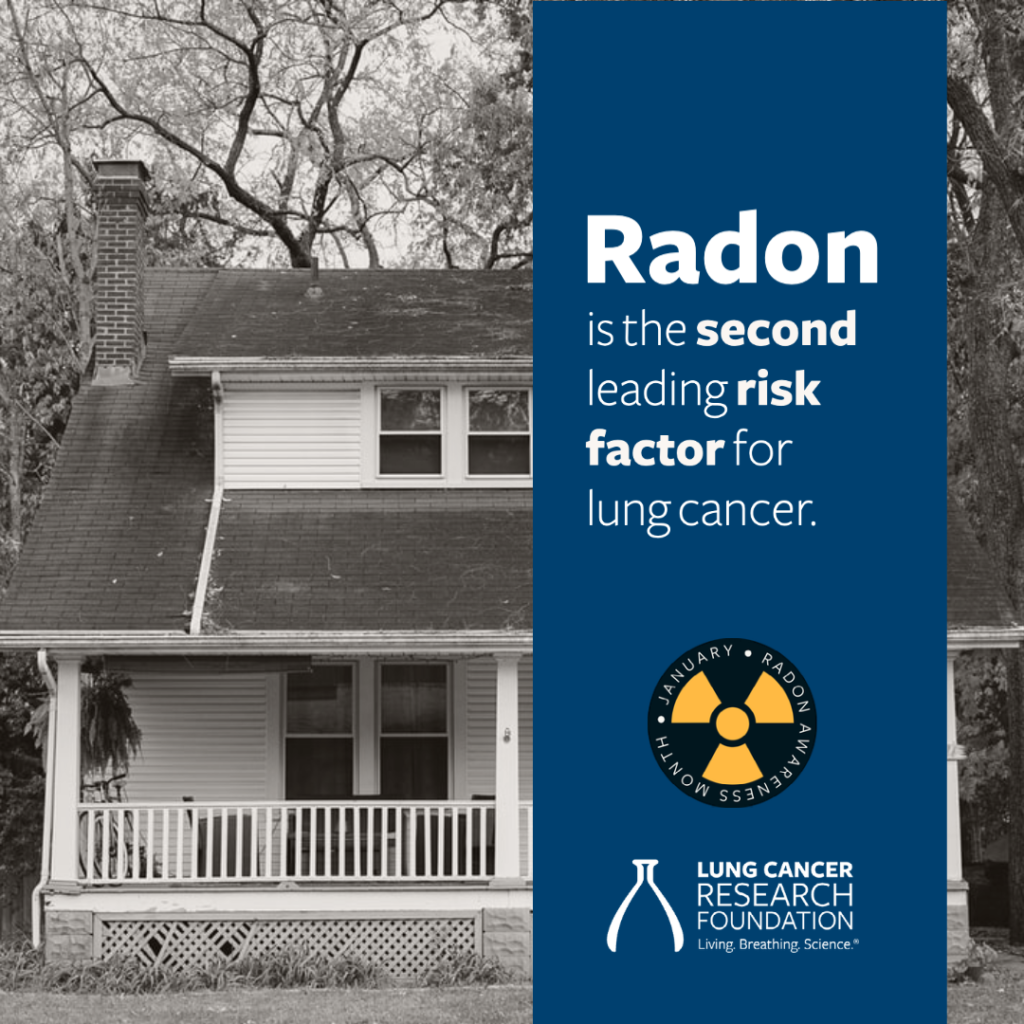
Radon is a naturally occurring radioactive gas, produced when uranium breaks down. This gas is released through rocks, soil, and water, and can build up in enclosed spaces through cracks in a building’s foundation or other openings. Because it’s invisible and odorless, radon exposure doesn’t cause immediate symptoms.
However, radon is the second-leading cause of lung cancer, resulting in more than 21,000 deaths every year in the U.S. It is the leading cause of lung cancer for non-smokers.
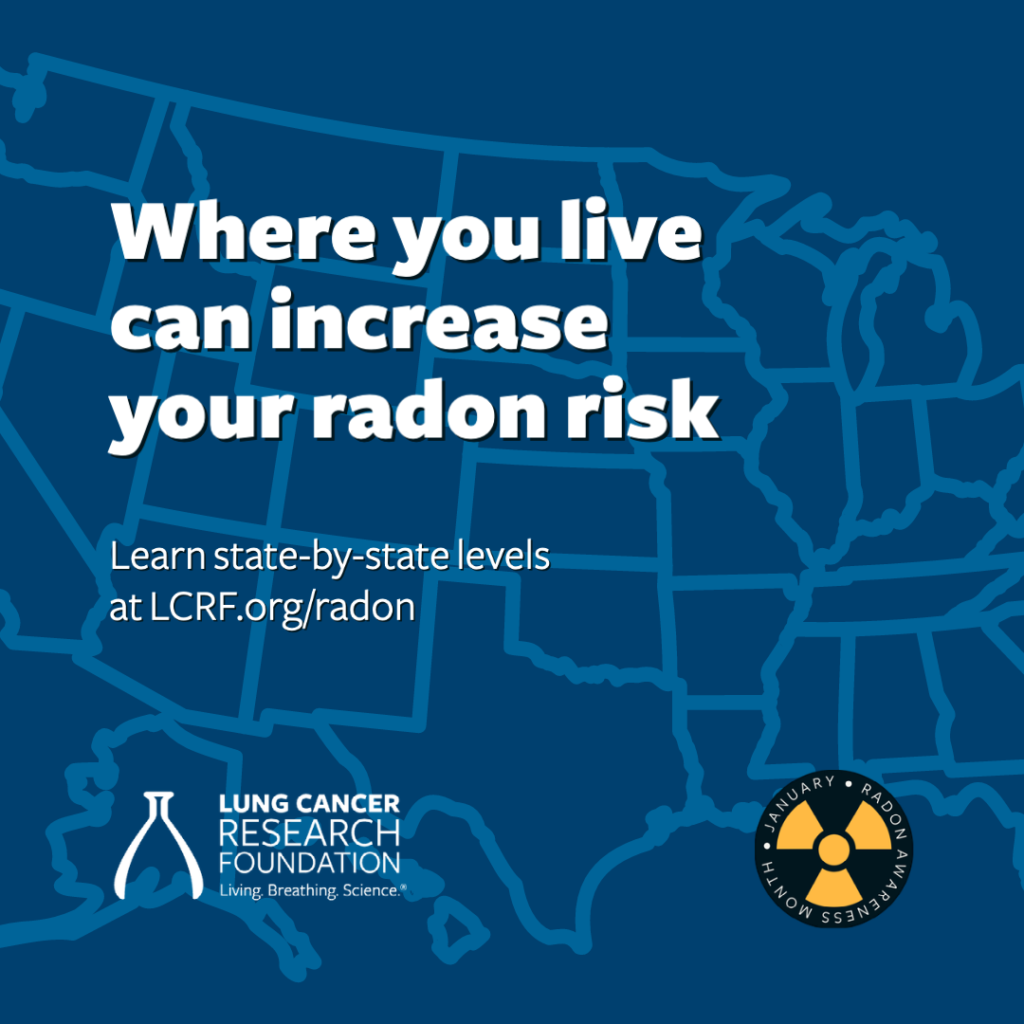
The highest concentrations of radon develop in spaces below ground level without much ventilation: basements, crawlspaces, foundations, sump pumps, and construction joints. While pockets of radon can be found across the country, some states have higher levels than others. Check your state’s radon levels here.
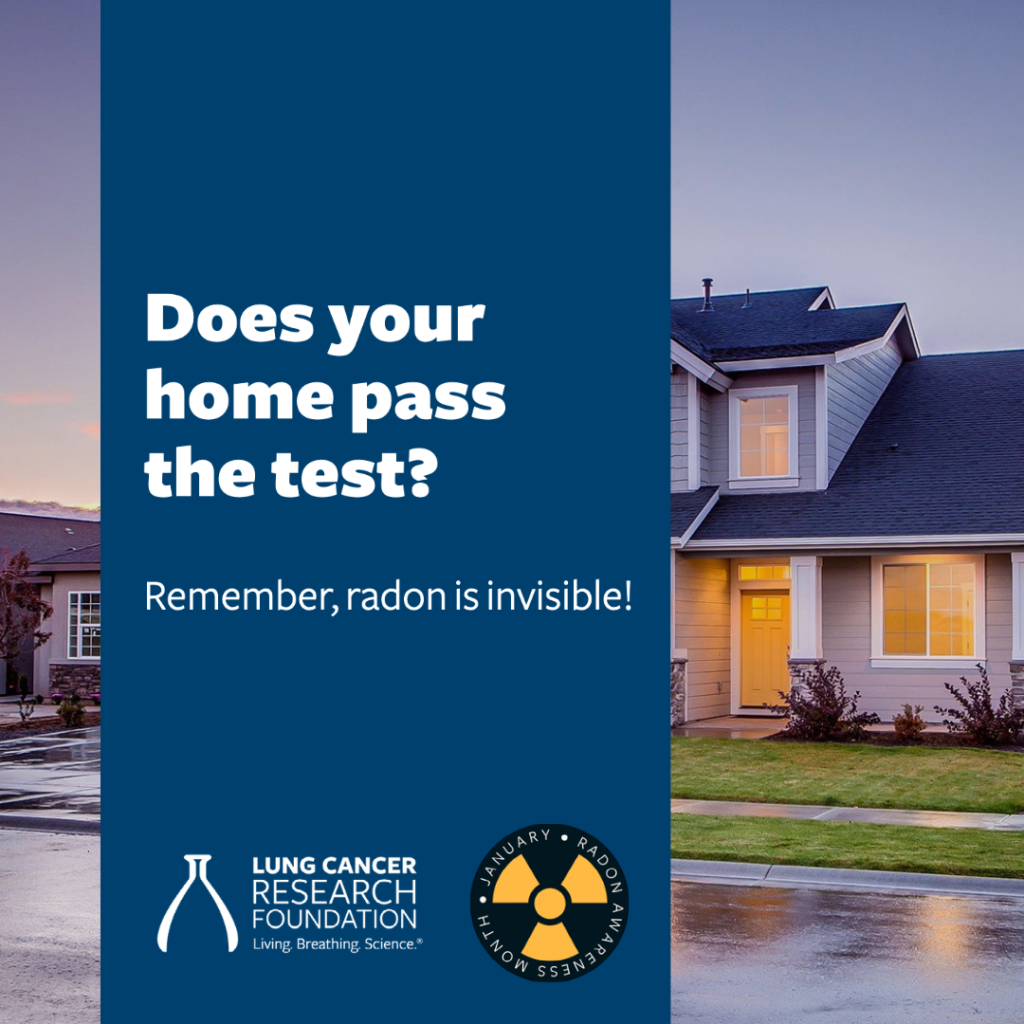
If you live in an older home, or in a state with higher radon levels, be sure to test your home for the presence of radon. Safewise.com recommends these six detectors.
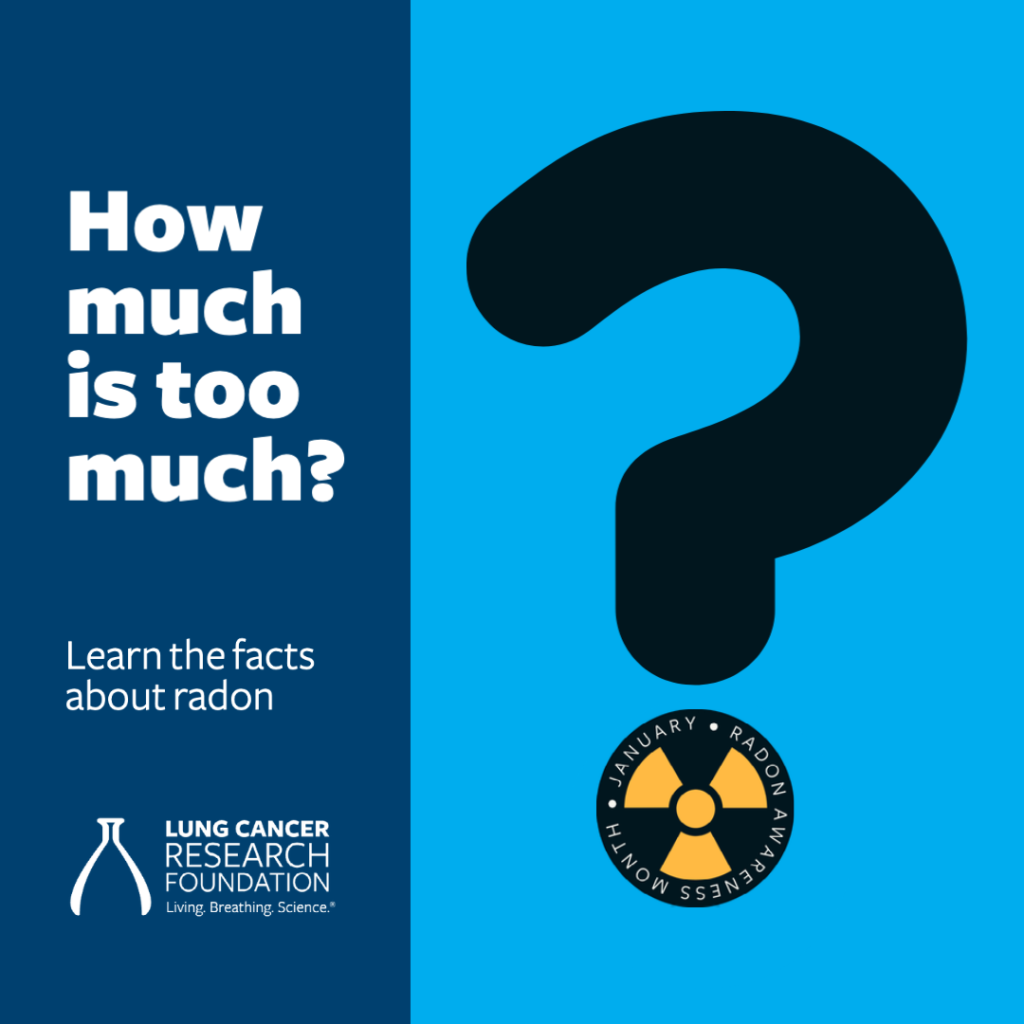
How much radon is too much? Radon detectors measure levels in picocuries per liter (pCi/L) to indicate average, year-round radon levels. If your home measures between 2-4 pCi/L, consider taking steps to reduce radon levels. Higher than 4? Confirm the results, then take immediate action. The EPA offers more information here.
